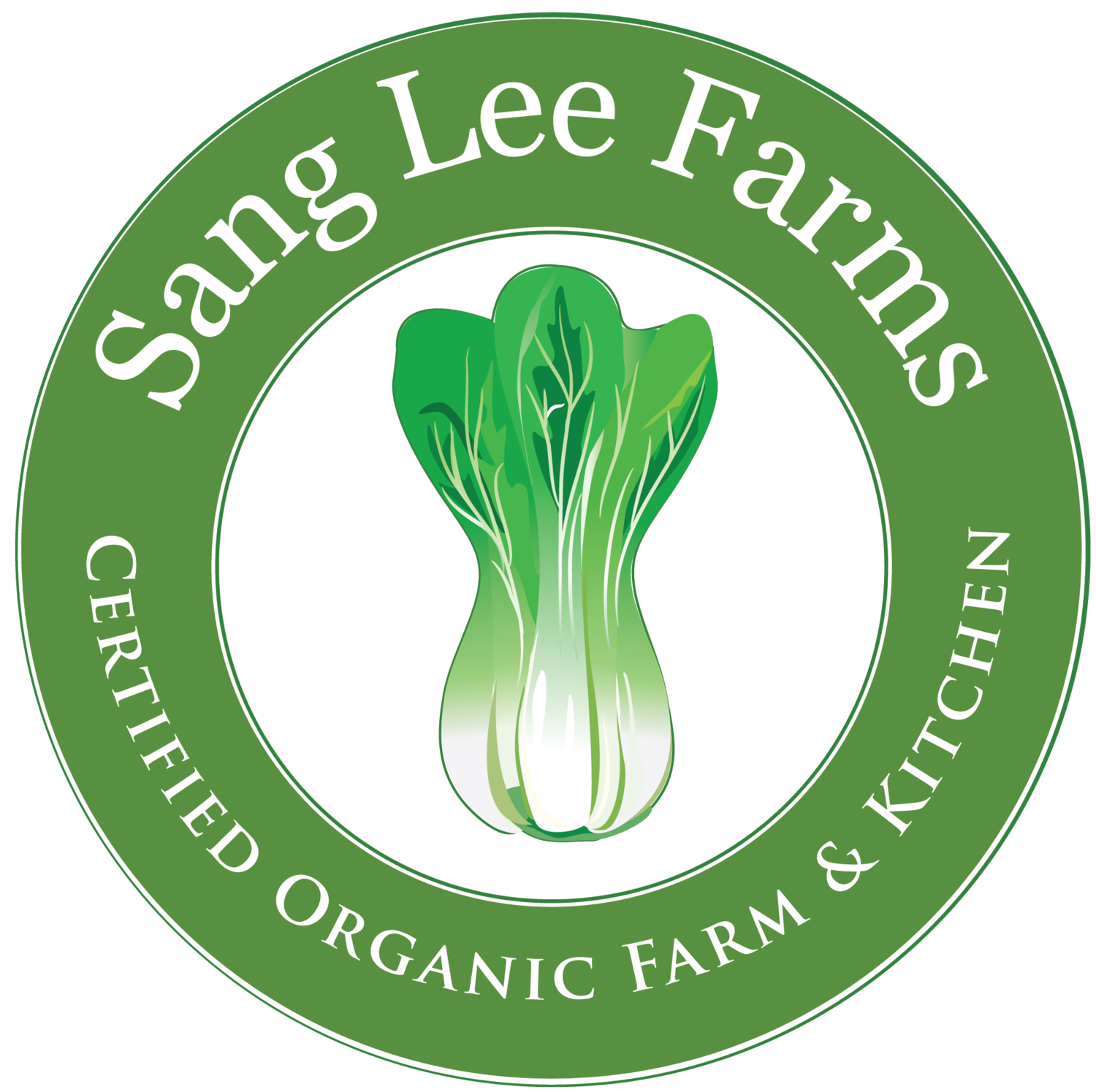EDIBLE FLOWERS & MEDCINAL HERB PLANTS INFORMATION
Annual Herbs are the herbs that you probably harvest a lot of, and might buy many different plants throughout the season. Annual means that the herbs DONT come back every year after you plant them. In addition, sometimes these herbs get big and go to seed or “bolt” because of the heat. You might then have to replace them.
Please see all the annual herbs below and click the drop down menu to learn more about each type specifically. We also have several varieties of herbs within the categories below that are listed at the bottom of the section. You can click a link on each herb to learn more from other online resources.
-
Calendula marigolds, also known as pot marigolds, are an old cottage garden favourite, often used as a companion plant to help attract pollinating insects.
Calendula grows relatively quickly, flowering several weeks after transplanting, at 1-2 feet tall and wide. Blooming will likely stop during the summer, but will start again with the cooler weather of the fall months. They are most commonly orange, but can also be red, yellow, pink, or cream.
Calendula should be checked dailly for watering as they are prone to heat stress. Can be used topically for skin conditions, as a tea, or added to dishes for flavor and color. Also watch it attract pollinators to your gardening space!
Height: 12-24 in
Exposure : Full Sun
Growth Rate: Moderate
Water Use: Average
Season of Interest: Early Summer (Flowering), Fall (Flowering)
Attracts Wildlife & Butterflies
-
Nasturium’s ideal growing conditions include full sun and well-drained soil – avoid overwatering! The flowers, leaves, and seeds are all edible and have a peppery taste. Expect flowers in colors like yellow, orange, and red! Also attracts beneficial insects and deters pests.
Nasturtiums thrive in full sun (6+ hours) but will tolerate partial shade, though flowering may be less abundant with less sun. Avoid over-fertilizing with nitrogen, as it can encourage more foliage than flowers.
Growth Rate: Fast
Main Use: Culinary
Water Use: Average
Height: Can grow several feet tall when trained / trellised
Exposure : Full Sun
Season of Interest: Spring (Flowering), Fall (Flowering)
-
Chamomile prefers full sun to partial shade and well-drained soil, with minimal maintenance once established. Chamomile is relatively low-maintenance and can even be grown in containers. 8 inches apart in full sun for best flowering chances!
Considered a "cut-and-come-again" herb and will continue to bloom all season long until frost, giving you 3 or 4 good-sized harvests! When temperatures begin to fall and frost is in the forecast, cut the remaining flowers and leaves and bring them inside.
Use chamomile fresh or dry. Dry flowers and leaves completely on a screen, out of direct sunlight. Then store dried chamomile in an airtight jar in a dark, dry place, like a pantry! Or, steep fresh flowers for tea directly after harvesting.
Growth Rate: Fast
Main Use: Culinary
Water Use: Average
Height: 18-24 in
Exposure: Full Sun
Habit: Upright, can support with bamboo if flopping over
Season of Interest: Early Summer - First Autumnal Frost
